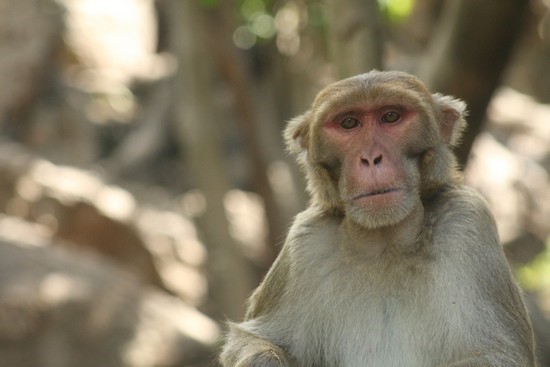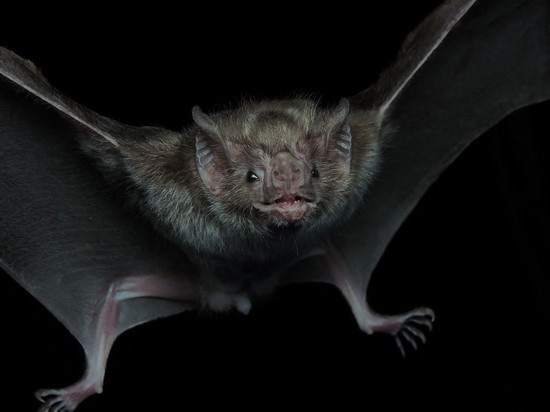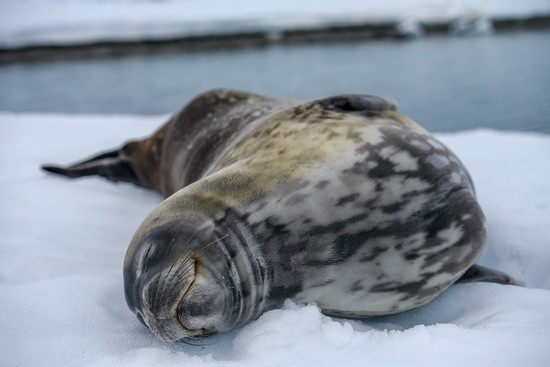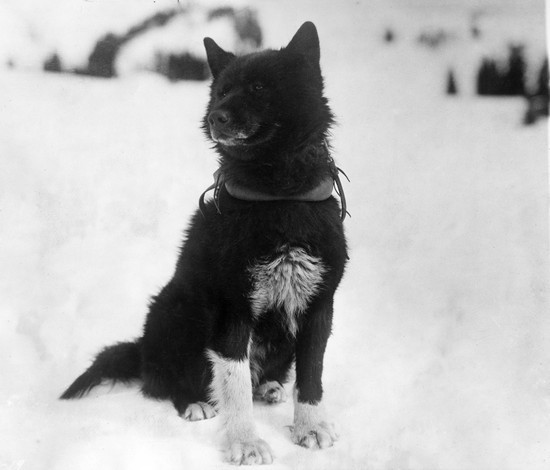To learn more about humans, a large international team of
scientists spent years tracking down some of the strangest creatures on Earth.
They camped out on an Arctic ice floe to collect DNA from the one-tusked
narwhal, netted a tiny bumblebee bat in a cave-rich region of Southeast Asia,
and ventured behind the scenes at a Caribbean zoo to draw blood from the
slender-snouted solenodon, one of the world’s few venomous mammals.
اضافة اعلان
Researchers compared the genomes of these mammals with those
of a diverse assortment of others, including an aardvark, a meerkat, a
star-nosed mole and a human. In doing so, they were able to identify stretches
of DNA that have barely changed over eons of mammalian evolution and are thus
likely to be vital to human health and functioning.
The genetic database they assembled includes the complete
genomes of 240 species, covering more than 80 percent of the planet’s mammalian
families (including humans). It could help scientists answer a wide variety of
questions about other animals, such as when and how they evolved and the
biological basis for some of their unusual talents.
“What amazingly cool things can those species do that humans
can’t do?” said Elinor Karlsson, a geneticist at UMass Chan Medical School and
the Broad Institute and a co-leader of what is known as the Zoonomia Project.
“We always like to think of humans as being the most special species. But it
turns out that we’re really quite boring in many ways.”
The Zoonomia data set has limitations. It contains just one
genome per species (with the exception of the domestic dog, which was sequenced
twice), and thousands of mammals are missing.
But in a new package of papers, published in Science last week,
the Zoonomia team showcased the power of this kind of multispecies data. And
it’s just the beginning.
“Sequencing a lot of genomes is not trivial,” said Michael
G. Campana, a computational genomics scientist at the Smithsonian’s National
Zoo and Conservation Biology Institute, who was not part of the project.
“What’s really important is actually making use of these data.”

Here are some of the things that Zoonomia scientists are
already doing with it:
Uncovering the basis of special skillsTo look for the underpinnings of exceptional animal talents,
the scientists sought genetic sequences that had evolved unusually quickly in
species that shared a certain trait, such as the ability to hibernate.
In one analysis, the researchers focused on deep hibernators,
such as the fat-tailed dwarf lemur and the greater mouse-eared bat, which can
maintain low body temperatures for days or weeks at a time. The researchers
found evidence of “accelerated evolution” in a variety of genes, including one
known to help protect cells from temperature-related stress and another that
inhibits a cellular pathway related to aging.
“Lots of hibernating species also have exceptional
longevity,” Karlsson said, leading her to wonder: Do the changes in that gene
contribute to their long lives?
The researchers also explored the mammalian sense of smell.
Animals have a large assortment of olfactory receptors, each capable of binding
to certain odor-causing molecules; species with more olfactory receptor genes
generally have a keener sense of smell.

When the Zoonomia team tallied the number of these genes in
each species, the African savanna elephant took the top spot, with 4,199. The
nine-banded armadillo and Hoffmann’s two-toed sloth followed, while the Central
American agouti came in fourth.
The agouti “turns out to have one of the best olfactory
repertoires of any mammal, for totally unknown reasons,” Karlsson said. “It’s a
reminder of how much diversity there is out there that we don’t know anything
about.” (Dogs, she noted, did not prove to be “particularly special” in this
regard.)
On the other hand, cetaceans — a group that includes
dolphins and whales — have a notably small number of olfactory receptor genes,
which makes sense given their watery habitats. “They communicate in other ways,”
said Kerstin Lindblad-Toh, a geneticist at the Broad Institute and Uppsala
University and the other leader of the Zoonomia Project.
Illuminating evolutionary timelinesScientists have long debated precisely how and when today’s
diverse assortment of mammals came into being. Did the mammalian family tree
branch out only after the extinction of the dinosaurs, some 66 million years
ago? Or did the process largely take place before the catastrophe?

A new analysis with the Zoonomia genomes suggests that the
answer is both. Mammals began to diversify about 102 million years ago, when
Earth’s continents were fragmenting and sea levels began rising. “This isolated
the predecessors of the modern lineages on different land masses,” said William
Murphy, an evolutionary geneticist at Texas A&M University and an author of
the paper.
But another burst of diversification came after the
extinction of the dinosaurs, the researchers found, when the emergence of new
land and the disappearance of the reigning reptiles provided mammals with new
habitats, resources, and opportunities.
“It’s a really landmark paper,” said Scott Edwards, an
evolutionary biologist at Harvard, who was not involved in the research. “It’s
probably the largest of its kind in terms of trying to put mammals on a time
scale.”

The Zoonomia package more broadly is “a monumental set of
work,” he added. “It’s going to really set the standard for our understanding
of mammal evolution going forward.”
Predicting extinction riskMammals generally inherit two copies of most genetic
sequences, one from each parent. Determining how closely these sequences match
can provide insight into the size of past animal populations; long stretches of
matching DNA can be a sign of inbreeding, for instance.
The genome of a single animal reflects “how closely related
its parents were, grandparents were, going all the way back,” said Aryn Wilder,
a conservation geneticist at the San Diego Zoo Wildlife Alliance.
Wilder and her colleagues used the Zoonomia genomes to
estimate the population sizes of various species throughout history. Compared
with species that were historically abundant, those with small past populations
had more potentially harmful genetic mutations and were more likely to be
classified as threatened by the International Union for Conservation of Nature.

The researchers also analyzed the genomes of three species
whose risk of extinction the IUCN considered to be unknown because of a lack of
data: the killer whale, the Upper Galilee Mountains blind mole rat, and the
Java mouse-deer (which looks exactly as advertised). The results suggested that
the killer whale might be at highest risk.
The approach could provide a quick way to prioritize species
for more thorough, resource-intensive risk assessments, said Beth Shapiro, a
paleogeneticist at the University of California, Santa Cruz, and an author of
the study. “It could be a relatively straightforward way to do conservation
triage,” she said.
Read more Odd and Bizarre
Jordan News



